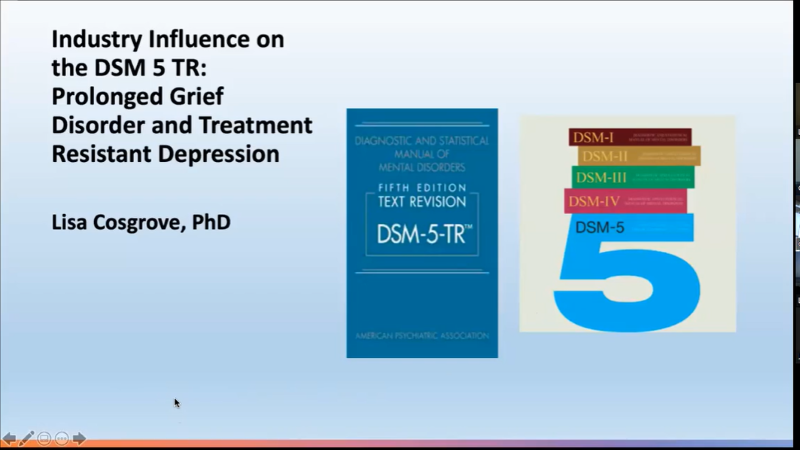Rigor and Transparency in NIH Grant and Career Development Applications
Effective January 2016, NIH established critical changes to grant applications that are intended to enhance the reproducibility of research findings (Notice Numbers: NOT-OD-16-011, NOT-OD-16-012 and NOT-OD-17-068).
Beginning with applications due on January 25, 2019 the application instructions and review criteria will be clarified to replace the term “scientific premise” with the term "rigor of the prior research". Applicants will also be instructed to describe plans to address any weaknesses in the rigor of prior research within the Research Strategy. For additional details, see NOT-OD-18-228 and NOT-OD-18-229. These new instructions and revised review criteria focus on the following four areas deemed important for enhancing rigor and transparency:
- The rigor of the prior research
- Rigorous experimental design for robust and unbiased results
- Consideration of relevant biological variables
- Authentication of key biological and/or chemical resources
There are a number of good resources on the web to help you. Some of our favorites include:
UMass Chan recently received an administrative supplement to redesign our rigor and reproducibility curriculum for trainees. Read more here.
- NIH Guidance on Rigor and Reproducibility in Grant Applications
- University of Michigan Medical School website on rigor and reproducibility
Rigor & Reproducibility Seminar Series Videos Fundamentals of Clinical Research Mini Course Videos

Rigor and Reproducibility Seminar: "Making Reproducibility Research More Systematic"
Presented by Abel Brodeur. PhD, Assistant Professor at University of Ottawa & Institute for Replication
Powerpoint Presentation

Fundamentals of Clinical Research - Mini Course #1 "Everything you need to know about the IRB and then some"
Presented by Heather Strom Tessier, MA
This lecture series is designed for students in training, residents, post-doctoral fellows, and junior faculty who are interested in learning about the most commonly employed study designs used in clinical and public health research and about the IRB review process. Additional Supporting Documents:

Rigor and Reproducibility Seminar: "Industry Influence on the DSM 5 TR: Prolonged Grief Disorder and Treatment Resistant Depression"
Presented by Lisa Cosgrove-Berman, PhD, Department of counseling and School Psychology, UMass Boston
Slide Presentation
Seminar Transcript
Flyer

Rigor and Reproducibility Seminar: "Sharing Confidential and Sensitive Data”
Presented by: George Alter, PhD, Research Professor Emeritus, Institute for Social Research, University of Michigan
Special Seminar Flyer
Powerpoint Presentation







